How to practise the Vajrayana correctly
On Saturday 16 March we were honoured to host a very special day of teachings in the picturesque setting of Regents University, Regent's Park. Lama Jampa Thaye taught the eighth part of 'Discriminating the three vows', also known as the Dom Sum, which was composed in the thirteenth century by the great master, Sakya Pandita.
This deeply influential and important work is an expansive treatise on the three vows related to the three vehicles of Buddhism: firstly, the Pratimoksha vow of individual liberation; secondly, the bodhisattva vow that embodies the Mahayana motivation (the wish to attain Buddhahood for the benefit of all beings); thirdly, the vows relating to Vajrayana commitment and practice.
Lama Jampa opened the teaching by explaining there is no contradiction between the Mahayana and Vajrayana in terms of starting point or the end goal; the difference lies in the skilful means used to arrive at the end point. Through the methods of the Vajrayana, we are able to transform disturbing emotions by utilising the energy within them and combining it with pure vision. Thus it is a very powerful and swift method that must be practised with great care and attention.
In this part of the text, Sakya Pandita highlights the downfalls and delusions that practitioners were likely to come across during this period in Tibet. He discusses the role of vows, initiations, deity yoga practices and devotion, why each is important on the path and how we as practitioners can ensure we are receiving valid instructions and practising them with the correct motivation. Lama Jampa related these points to the modern world that we live in, demonstrating that Sakya Pandita's words play just as important a role in guiding practitioners today as they did in renaissance Tibet. Lama Jampa went on to clarify the stages of Mahamudra and how the temporary mental experiences that we may have as practitioners must not be confused with real Mahamudra.
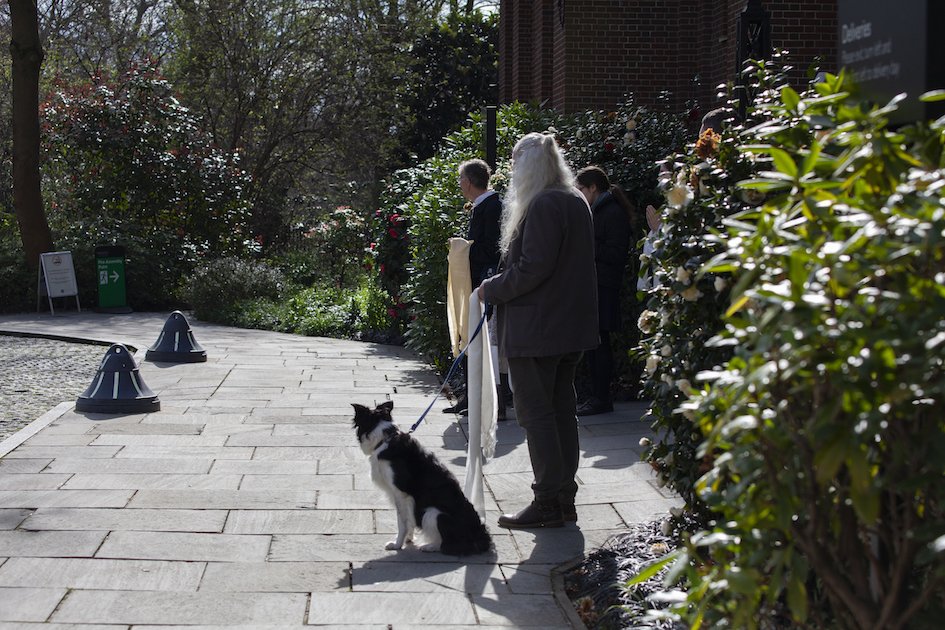
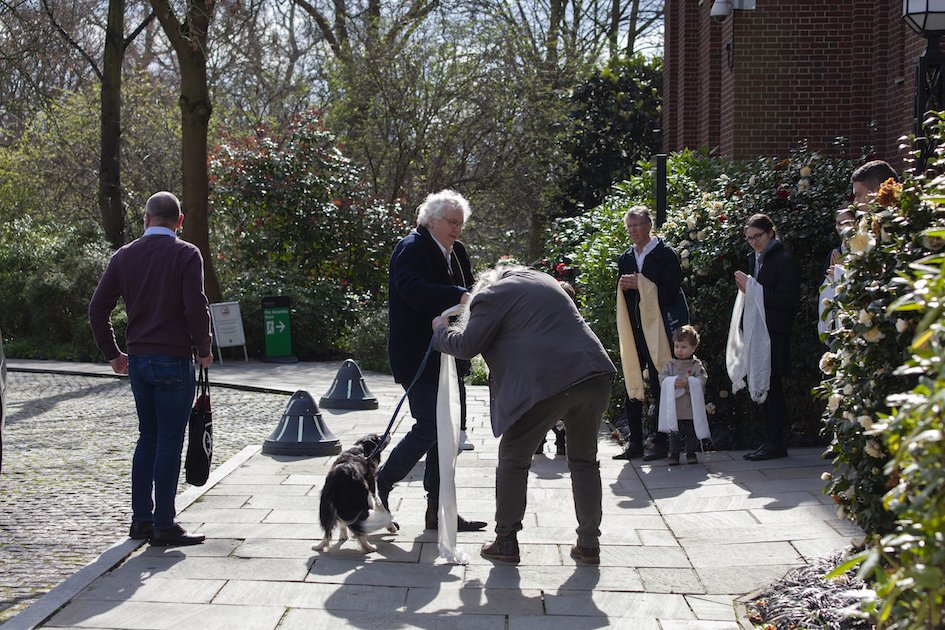
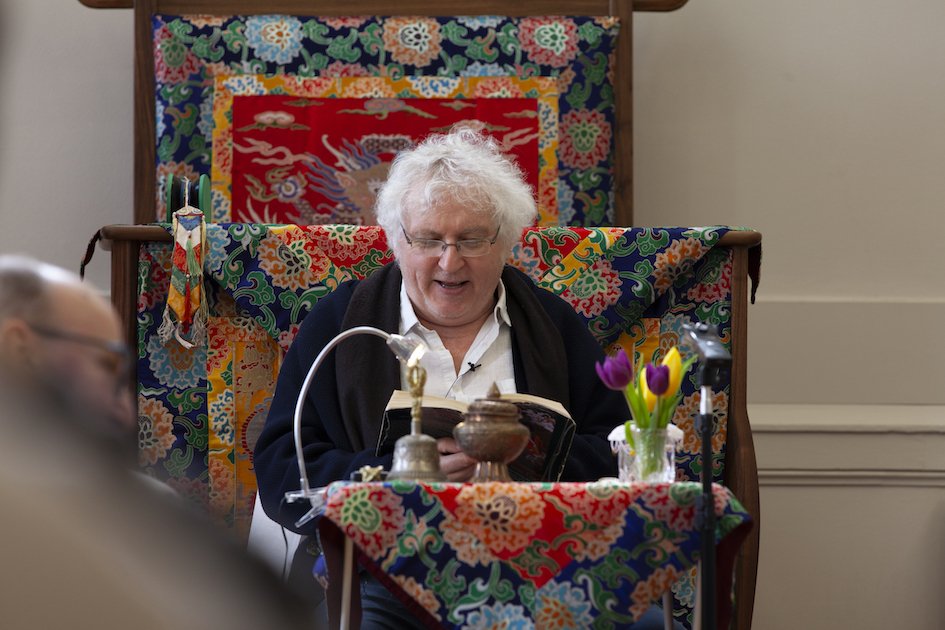
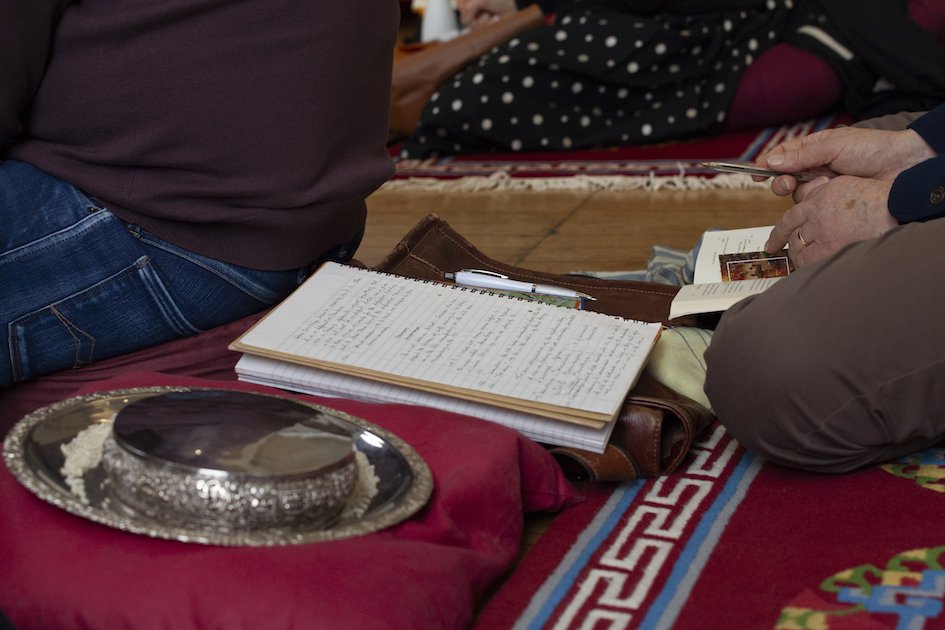
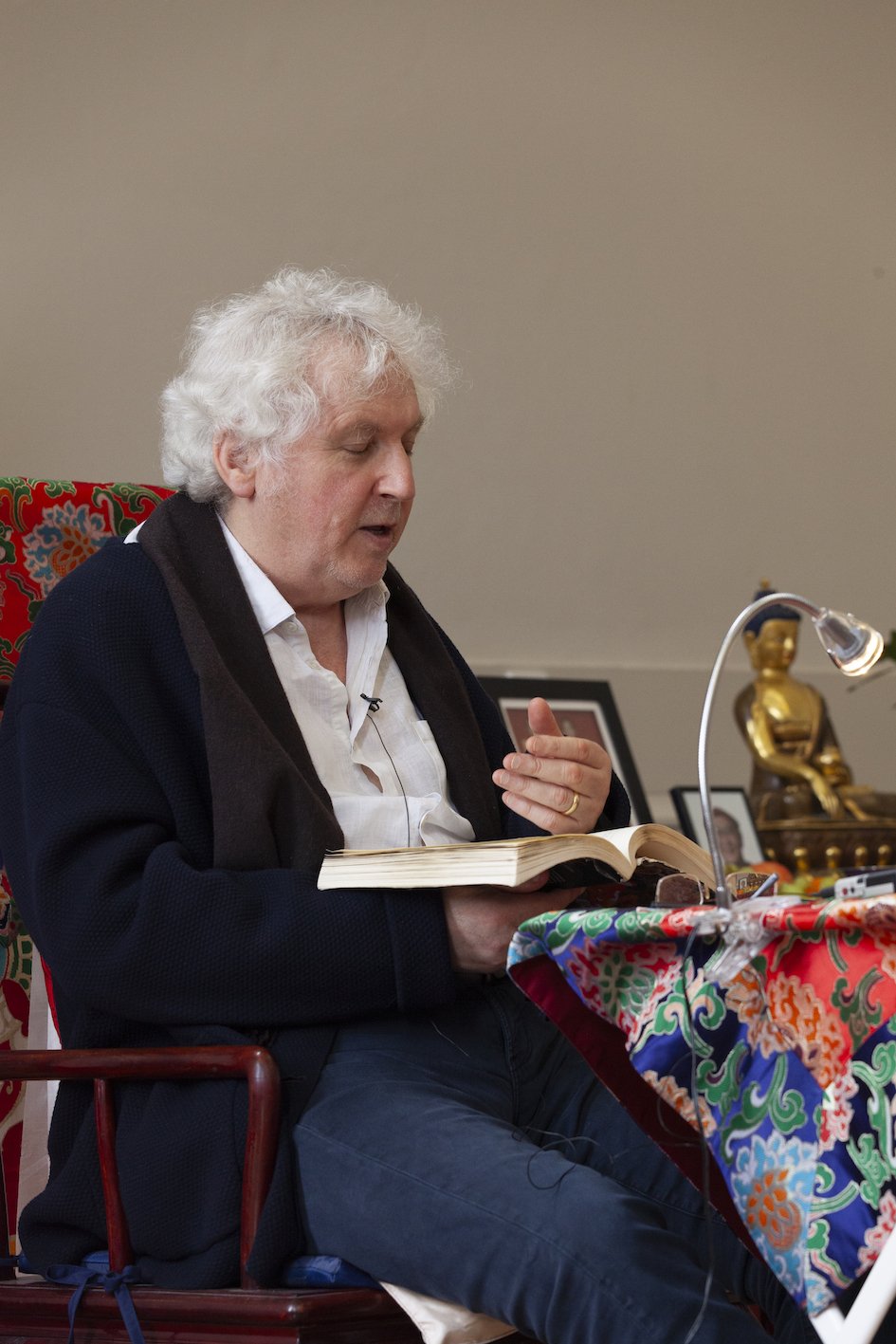
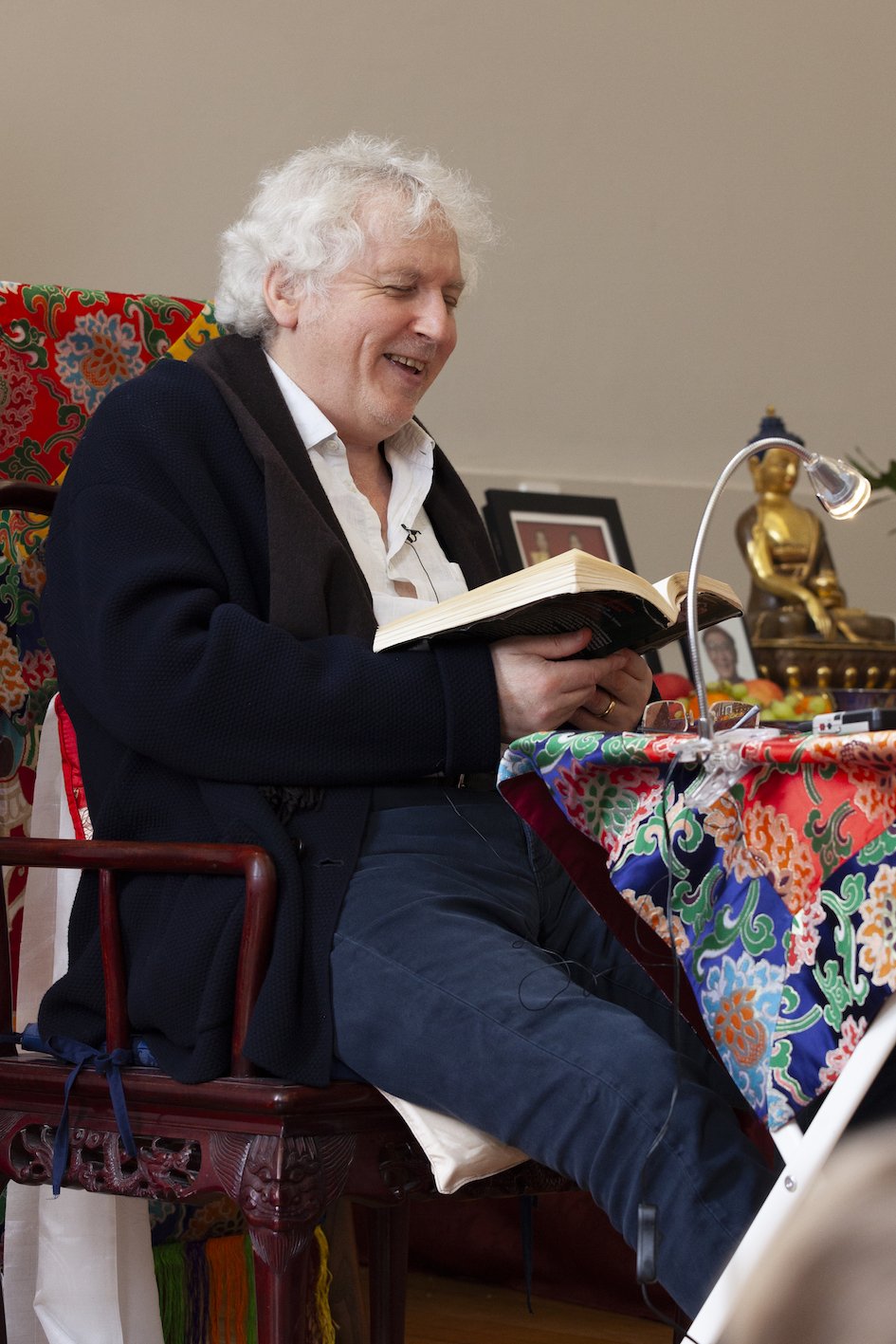
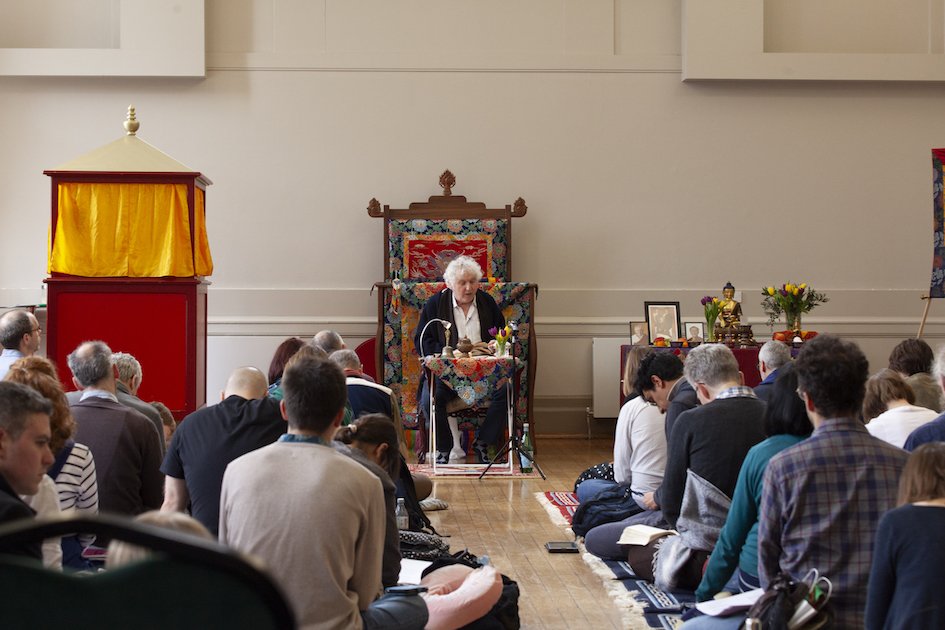
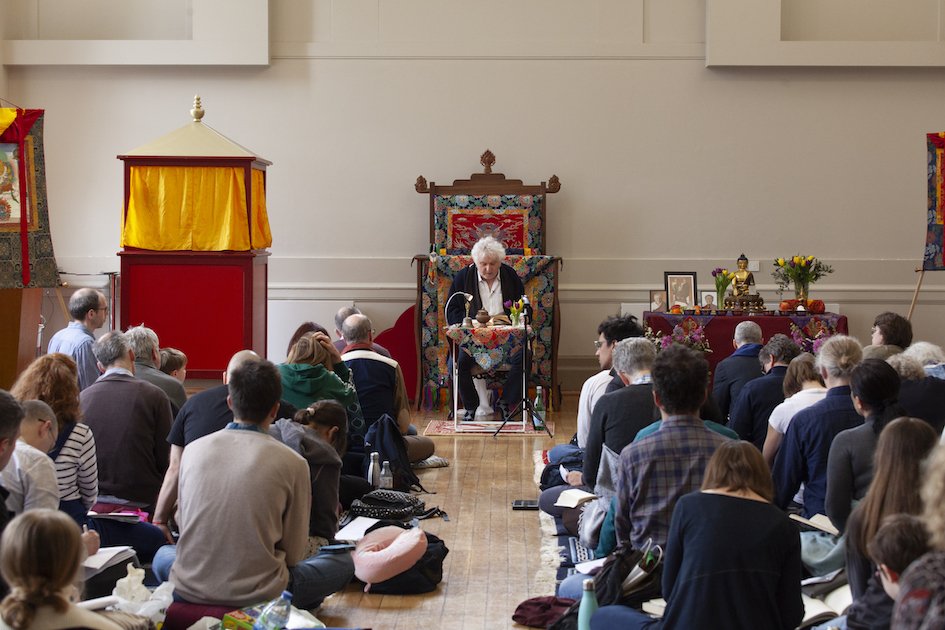
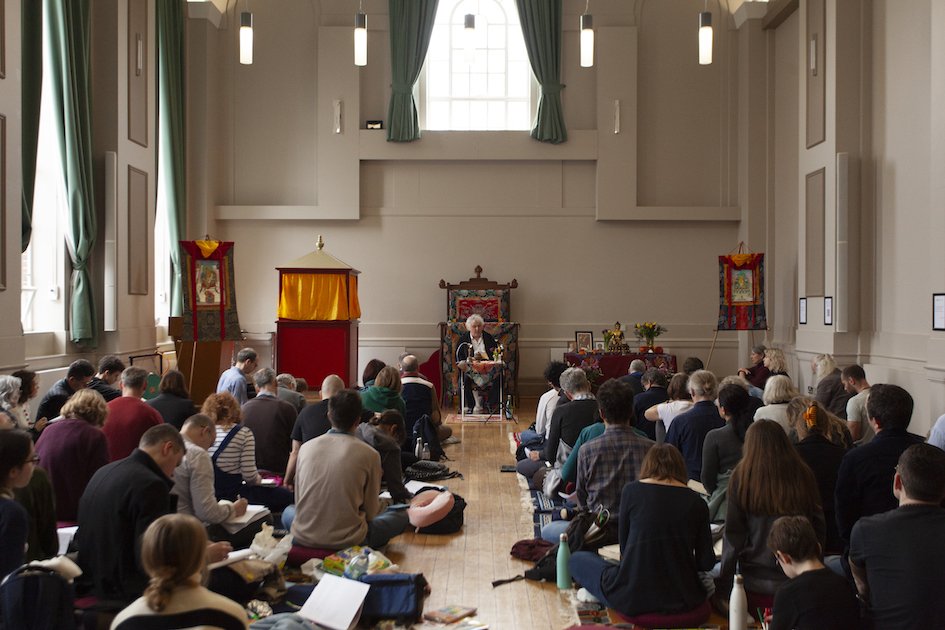
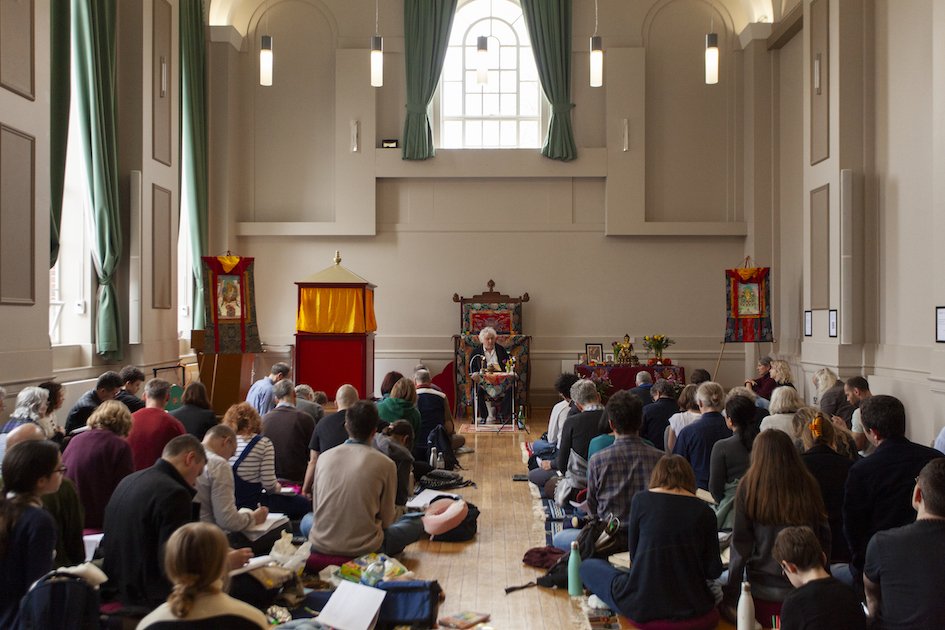
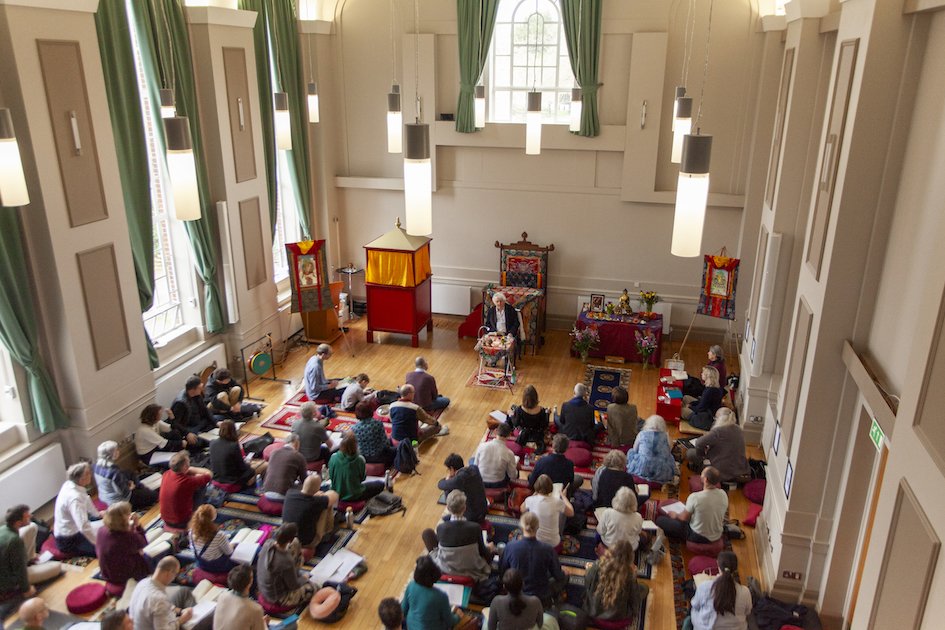
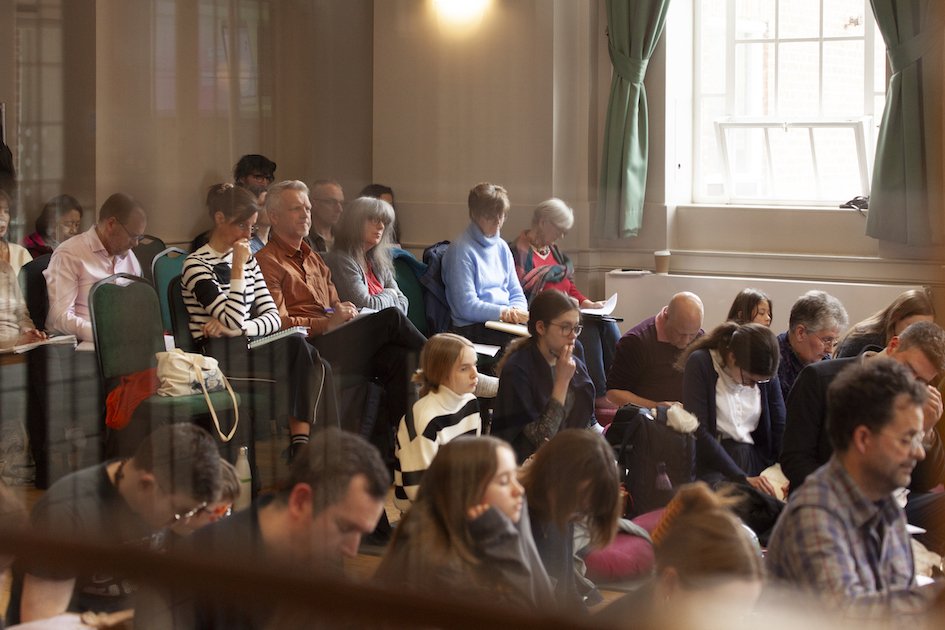
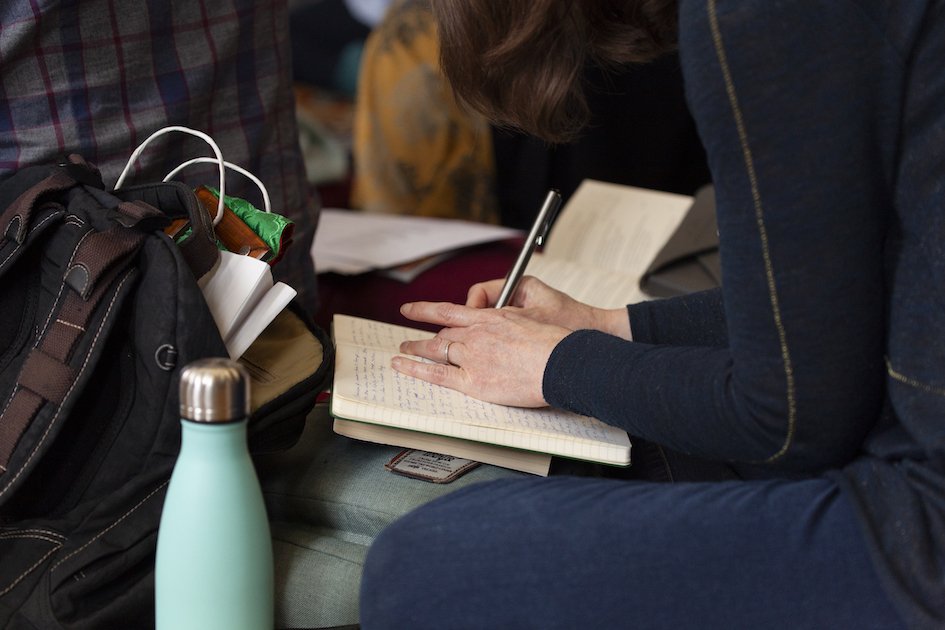
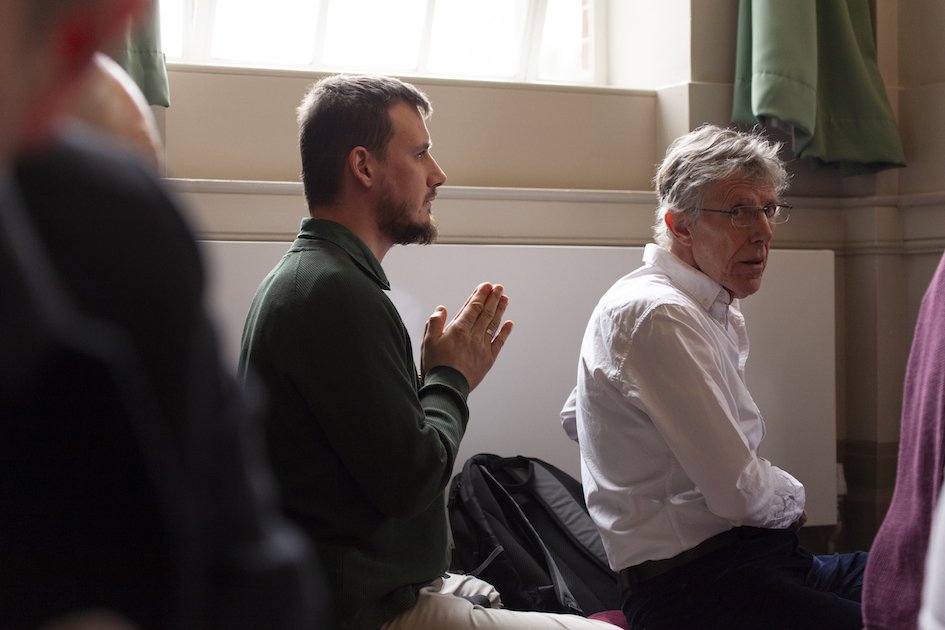
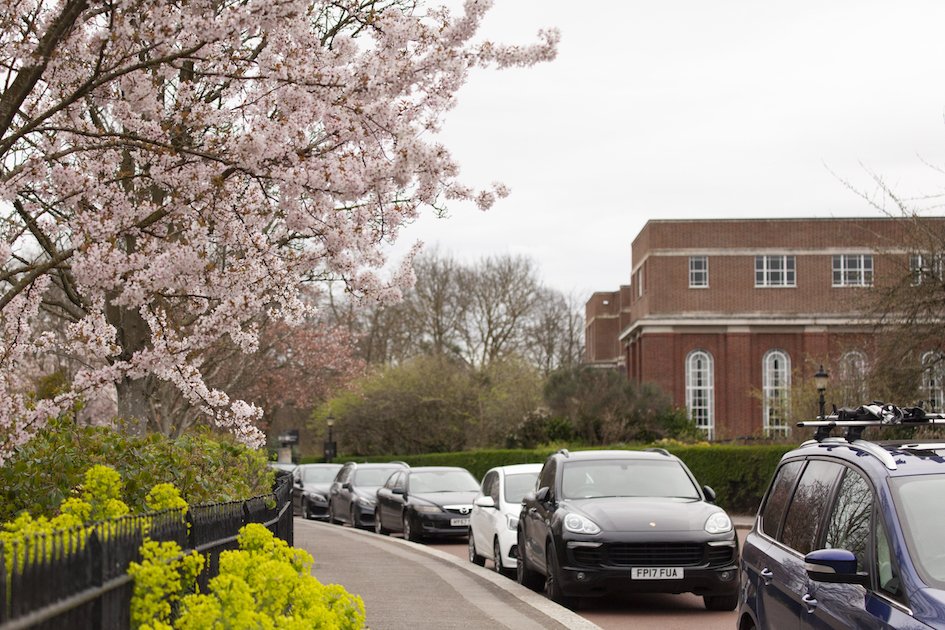
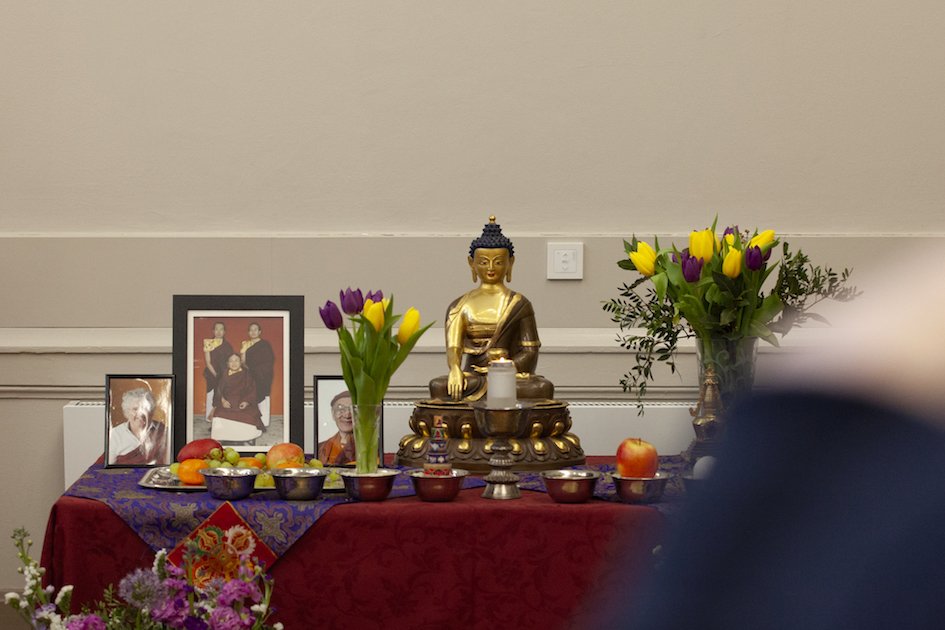
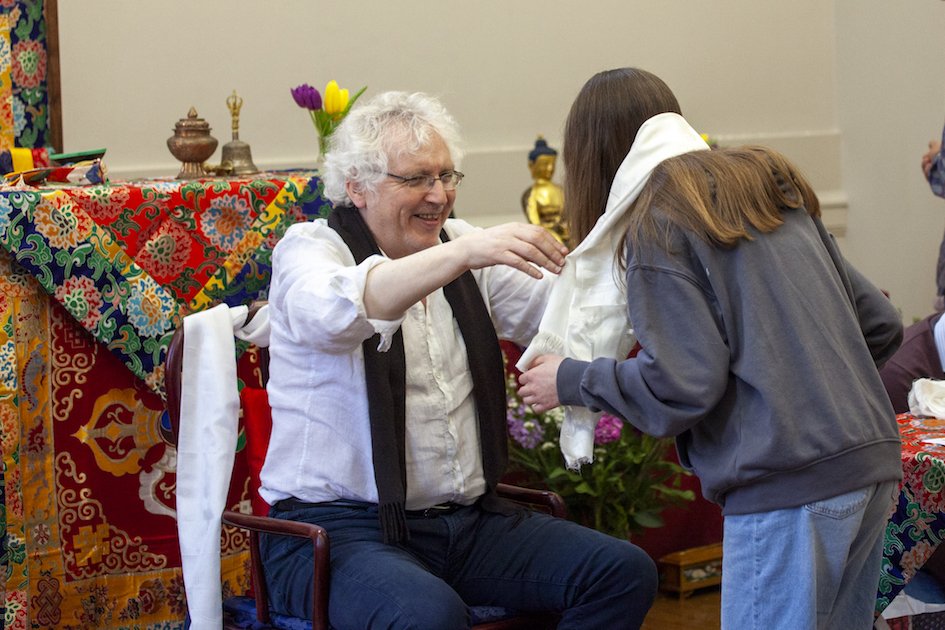
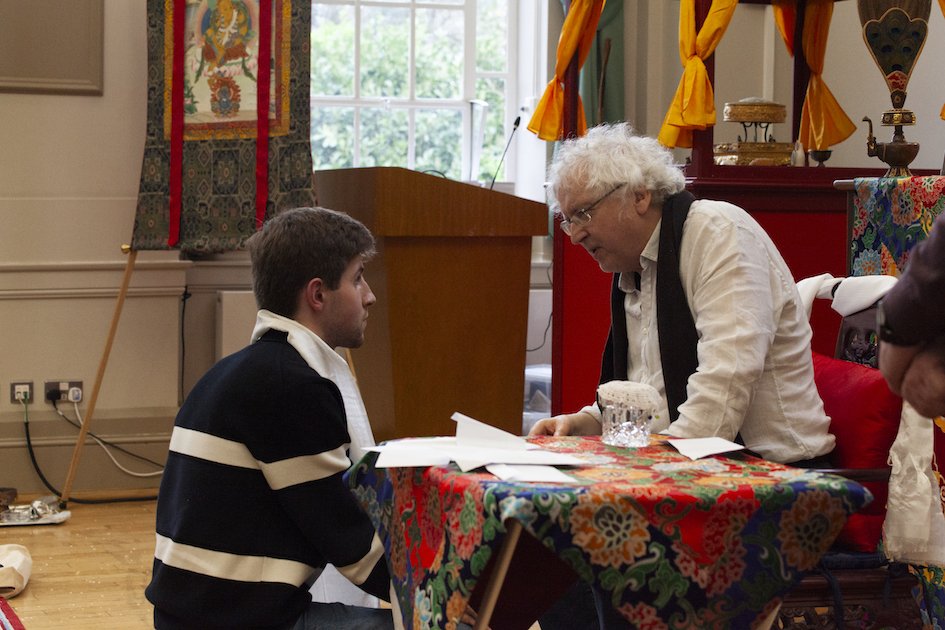
In the afternoon Lama Jampa bestowed the initiation of Yellow Dzambhala from the Bari Gyatsa, the collection of sadhanas made by the mahasiddha Bari Gyatsa. These sadhanas were brought to Tibet from India by Rinchen Drakpa and have been transmitted in an unbroken lineage of Sakya masters. Lama Jampa received this transmission from Karma Thinley Rinpoche and Pende Rinpoche. The blessings of Yellow Dzambala and practice of the sadhana bring about the prosperous conditions that support our dharma practice.
We would like to thank Lama Jampa for bestowing this important teaching upon us and thank all of the members of the community who helped with the organisation of the day. We look forward to the next installment of the teaching on June 8th, hosted by Sakya Buddhist Centre Bristol.